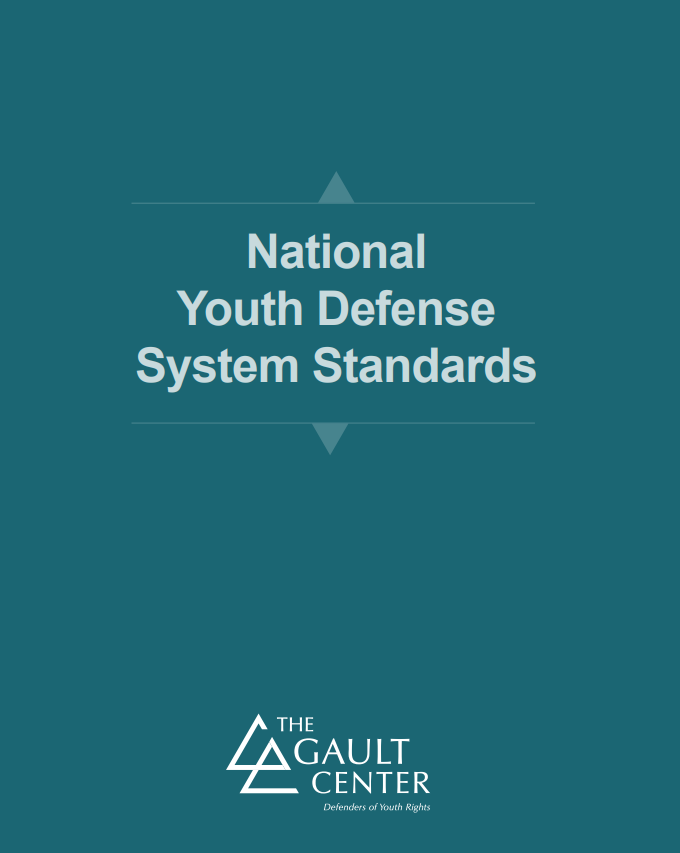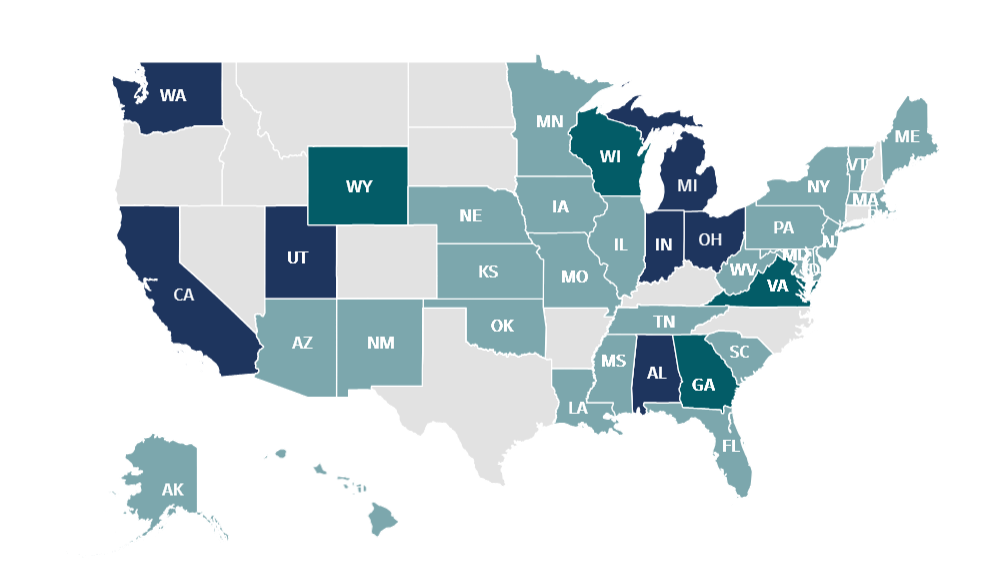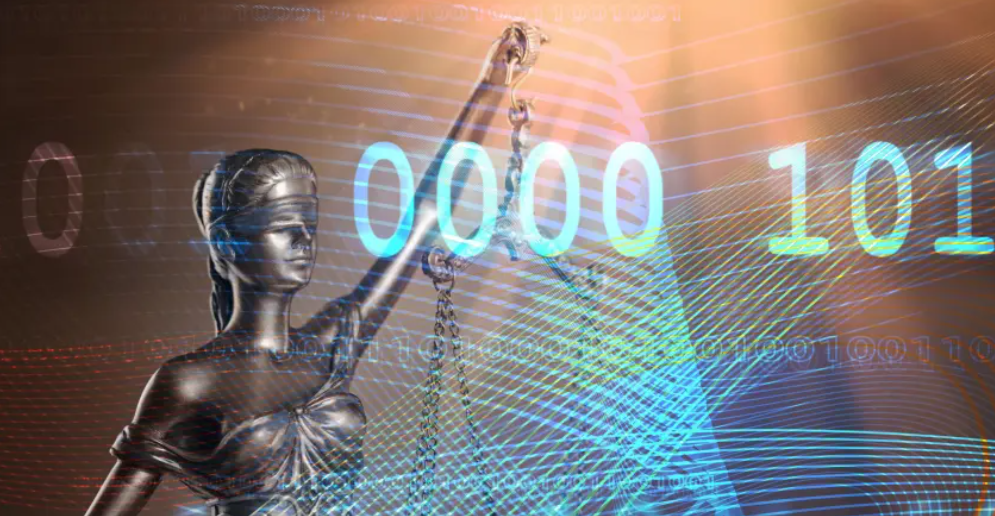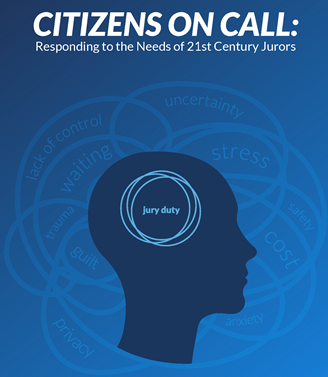In a newly released report, Hybrid Hearings Improvement Initiative, NCSC, shares examples of how courts expanded pre-pandemic virtual and hybrid proceedings or quickly adopted new technology and practices to accommodate new ways of doing business. The report notes that courts are now using remote and hybrid hearings throughout all 50 states in differing degrees for both civil and criminal case types. By definition, a hybrid hearing is one in which at least one participant is attending from the courtroom using the room’s audio/video infrastructure and at least one participant is attending remotely either via videoconferencing platform or phone, using audio, video, or both.
“The Hybrid Hearings Improvement Initiative was a natural extension of NCSC’s work during the pandemic,” said Lindsay Hafford, NCSC project director and principal court management consultant. “Connecting technology partners directly with courts provided an invaluable exchange for all participants as they worked toward the common goal of system improvement.”
The initiative reached courts in 28 states, two territories, and one tribal jurisdiction. The five technology partners — Cisco, Logitech, Speech 2 Data, televic, and Zoom for Government — supported the project with hardware, software, funding, and training.
The report features examples from 14 courts that demonstrate how funding; technology; facilities; staffing; and processes, procedures, and policies are all key to hybrid hearings’ success. Additionally, NCSC offers related resources, strategies, best practices, and guidance for successful virtual and hybrid hearings.
For more information and to read the full report, please visit: Hybrid Hearings Improvement Initiative | NCSC.
